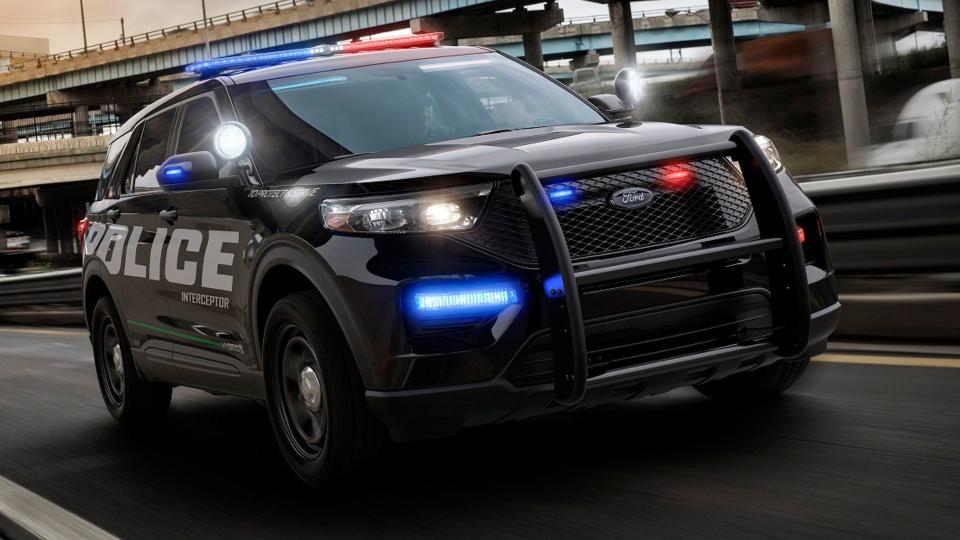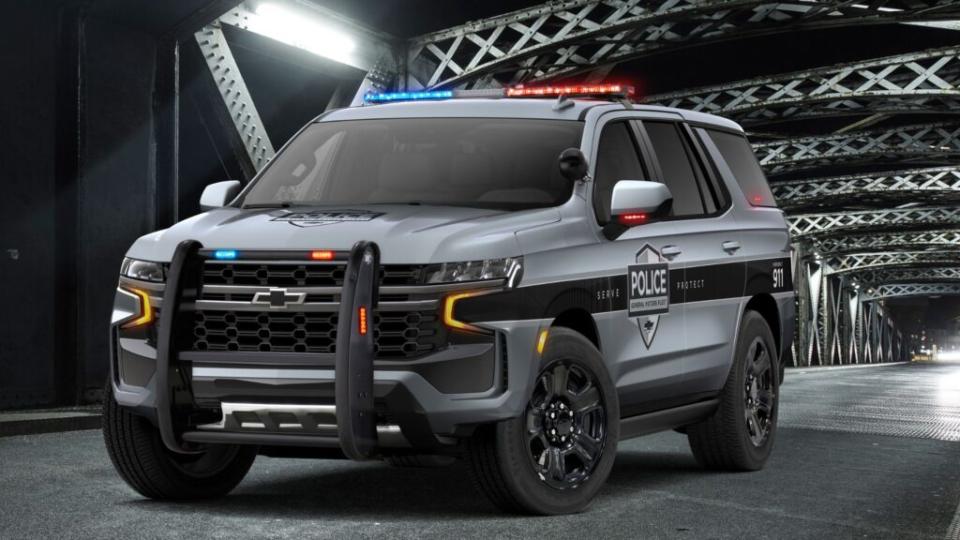Read the full story on The Auto Wire

Back in 1966 a revolutionary device for measuring vehicle speed on a stretch of road was devised by one Arthur Marshall. Called Visual Average Speed Computer And Recorder or VASCAR, it allowed police officers to not only measure other drivers’ speed while they themselves were moving, but even tell how fast a vehicle traveling in the opposite direction was going.
Watch what happens when one law enforcement officer pulls over another for speeding here.
Back in the day, the device was mechanical and had to be operated through a pair of switches by the law enforcement officer. It also had to be wired up to the vehicle odometer. Today, thanks to GPS, smartphones, and other modern devices, VASCAR can be operated through a simple app.


For it to work, an officer must observe you hit two distinct points on the road and already know the exact distance between those points. For aerial enforcement of speed limits, this is often done in rural areas with distinct lines painted across the lanes of traffic, something you might have seen but had no idea about their purpose.
Today, VASCAR might seem quaint what with the radar and laser guns police use. However, the proliferation of highly advanced detectors have helped make VASCAR once again relevant. Plus, in some areas radar and laser detection has been outlawed. By now you should know that doesn’t mean police can’t catch speeders.
A big advantage of VASCAR for law enforcement is it’s notoriously difficult to fight in court. With radar and laser enforcement one can argue signal error was a factor in improperly measuring a vehicle’s speed. But with VASCAR the margin of error is claimed to be plus or minus one percent.
That margin of error is actually for the hardware or app. The one “loophole” you can try attacking in court is the reaction time of the officer using the device/app. If someone were to hit the button too early or late, that can greatly affect the time measured, leading to an erroneous speed readout.
Also, VASCAR averages the speed a vehicle travels between two points. The longer than distance, the more it’s affected if a car significantly speeds up or slows down in that space. However, if your average speed is 81.4 mph in a 75 mph zone after you slowed down once you saw a cop, you might still pick up a citation.
Keep in mind police have to see your vehicle clearly to measure when you reach the two designated points. Low light conditions, inclement weather, heavy traffic, and other factors can prevent this. In some jurisdictions police aren’t allowed to hide behind obstacles, so you might see them and are able to slow down.
Images via Ford, GM
Follow The Auto Wire on Google News.
Join our Newsletter, subscribe to our YouTube page, and follow us on Facebook.
Source Agencies



